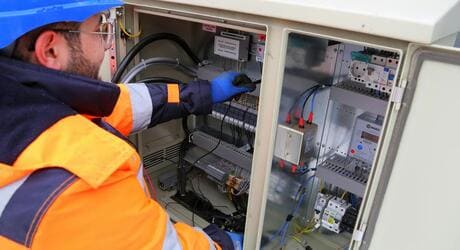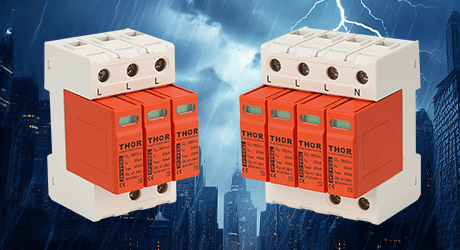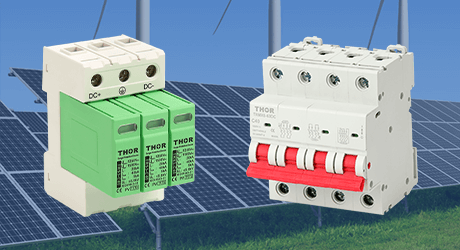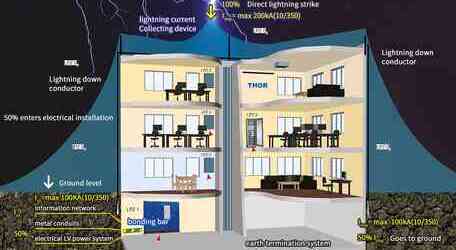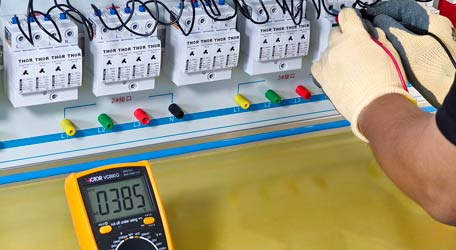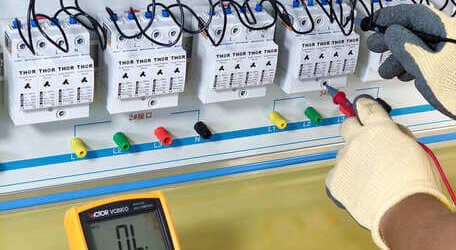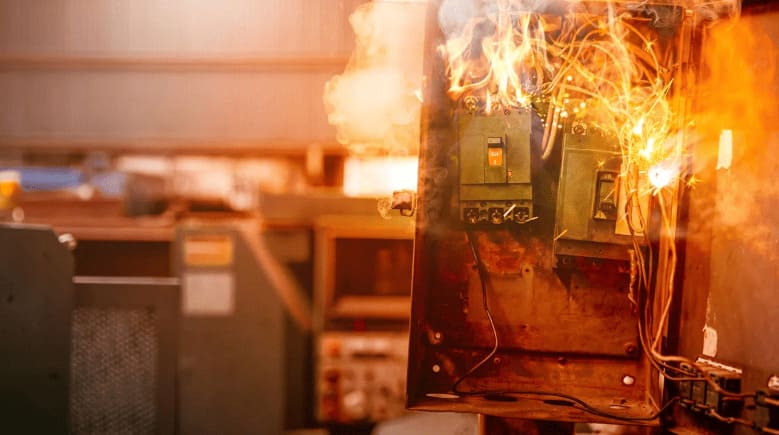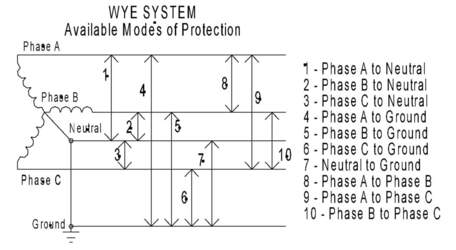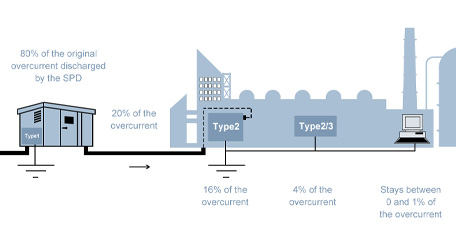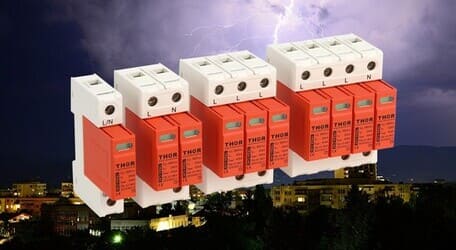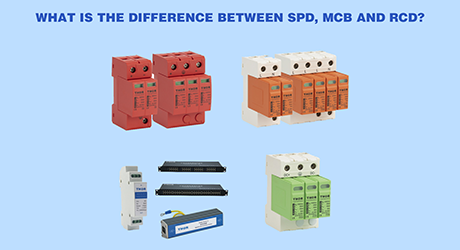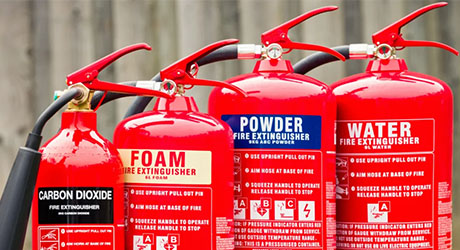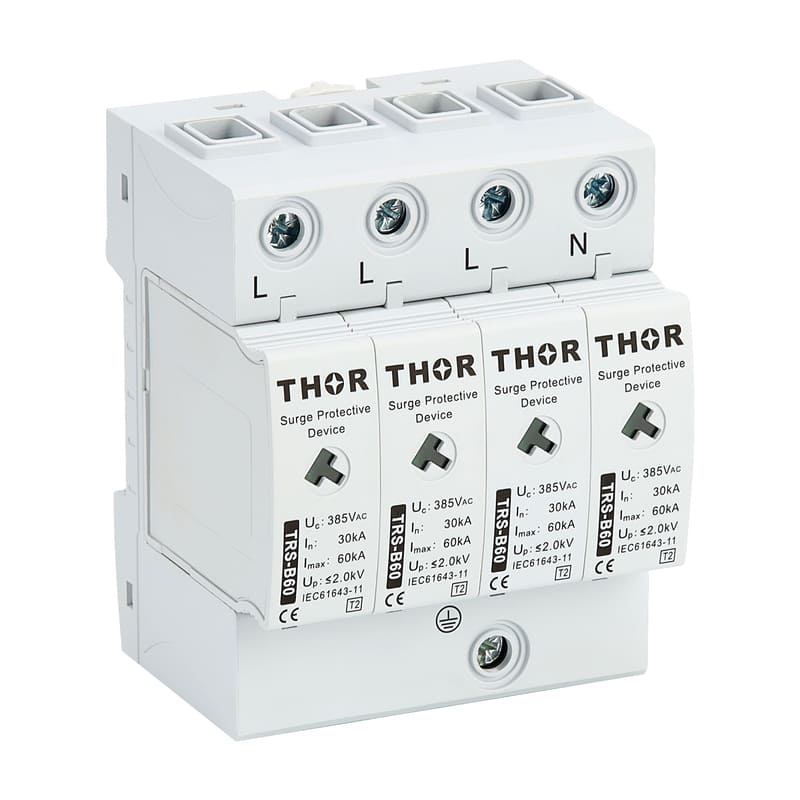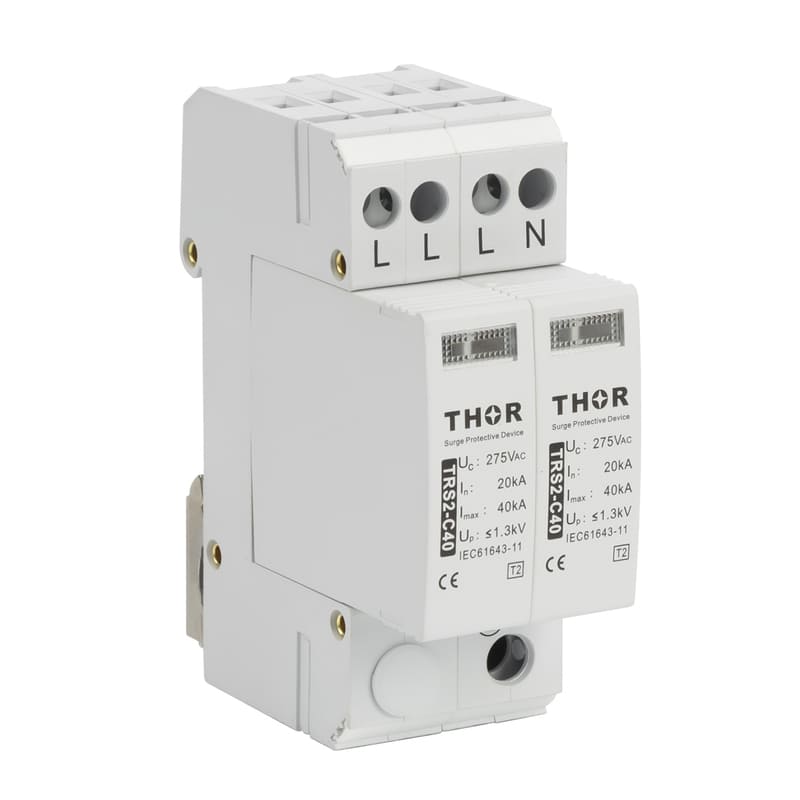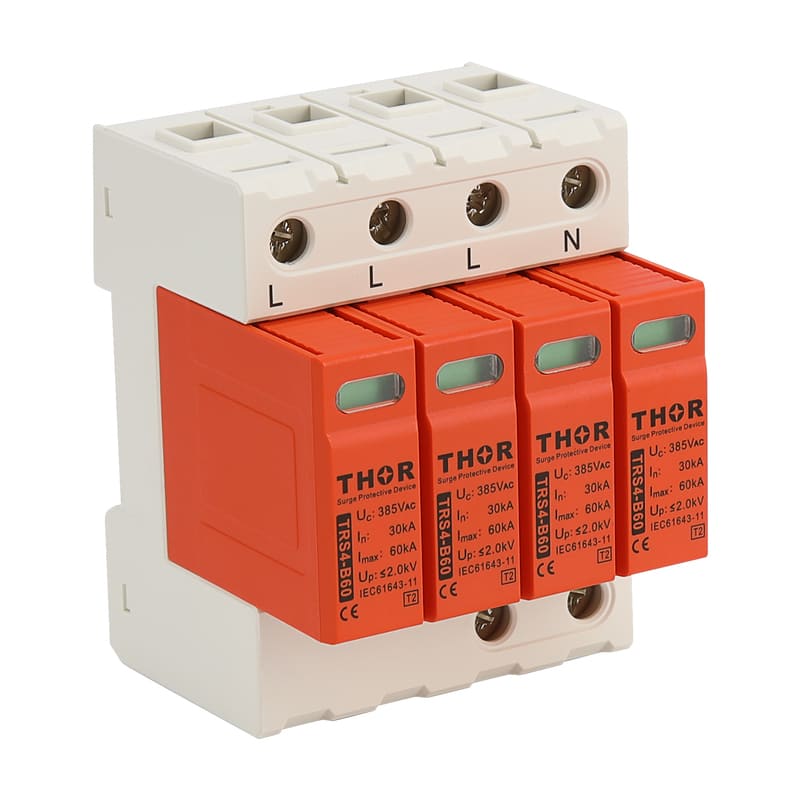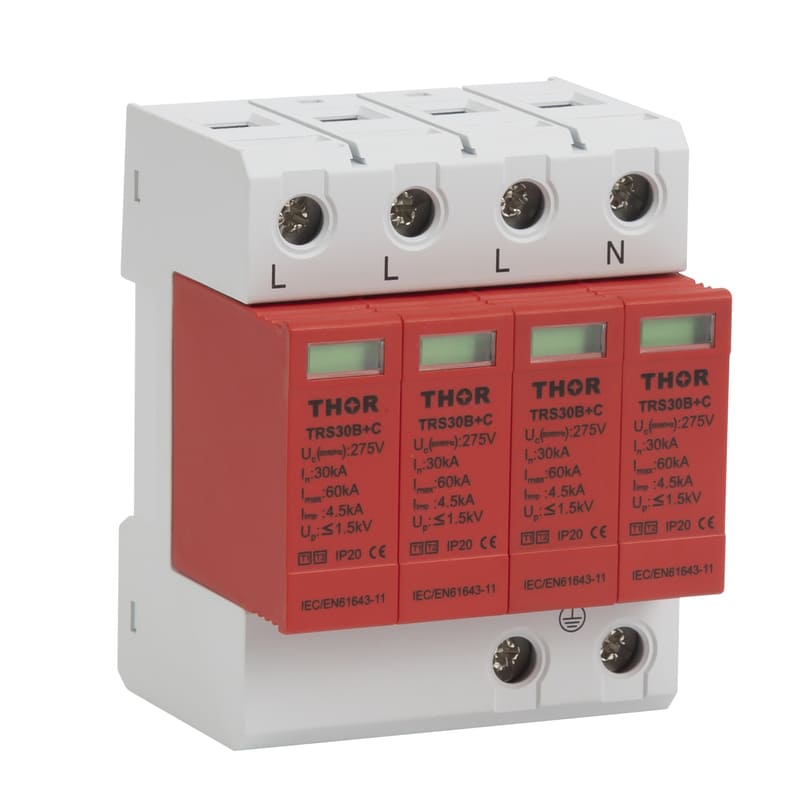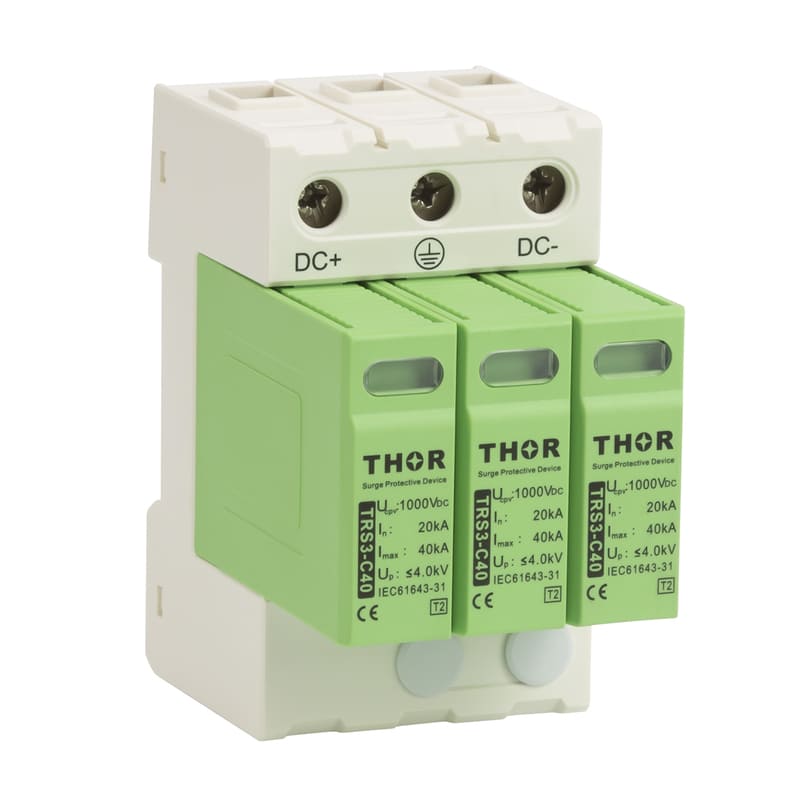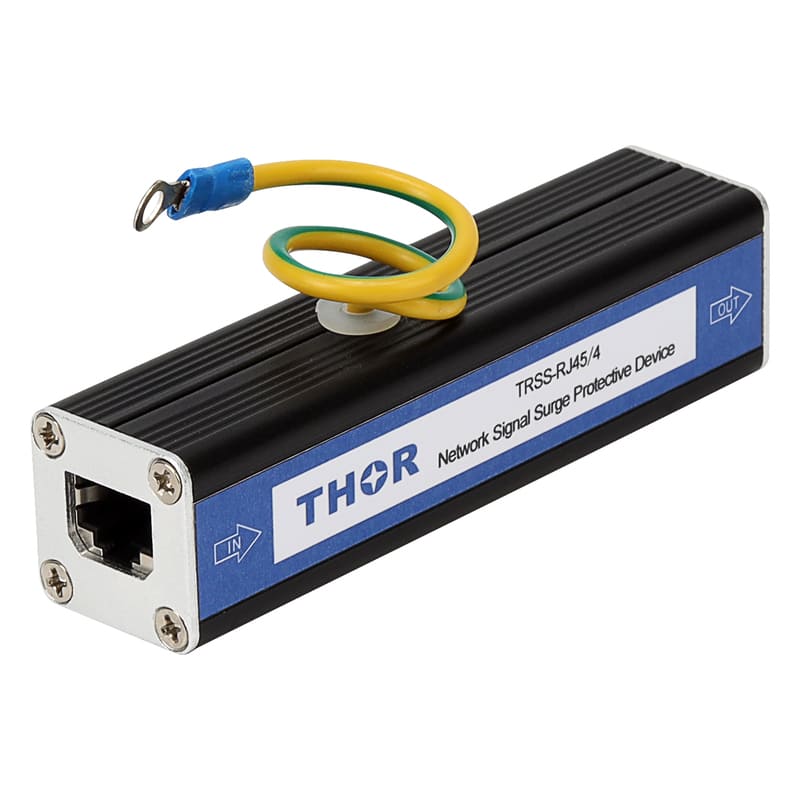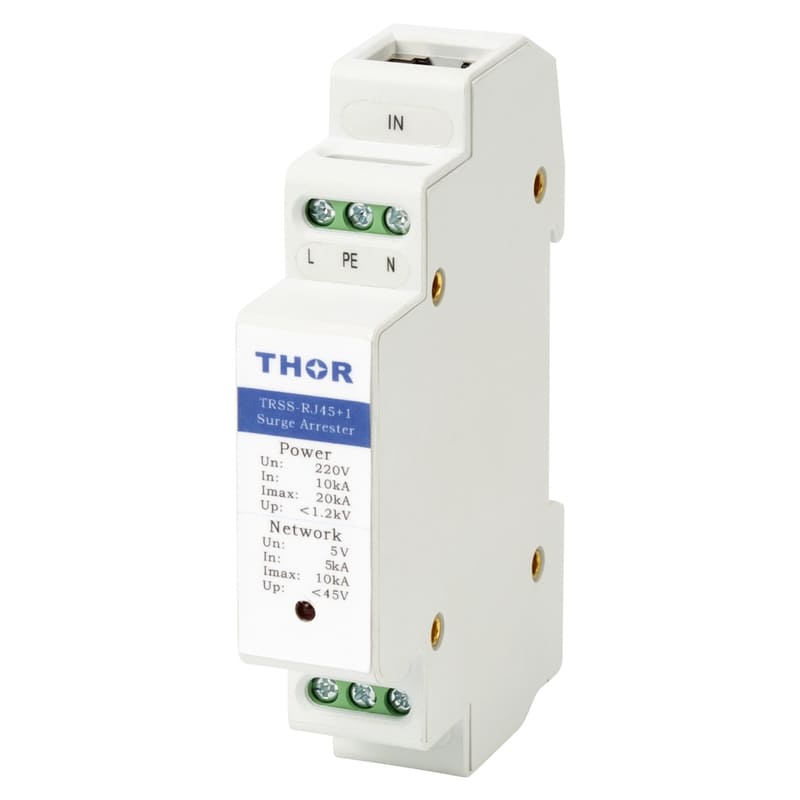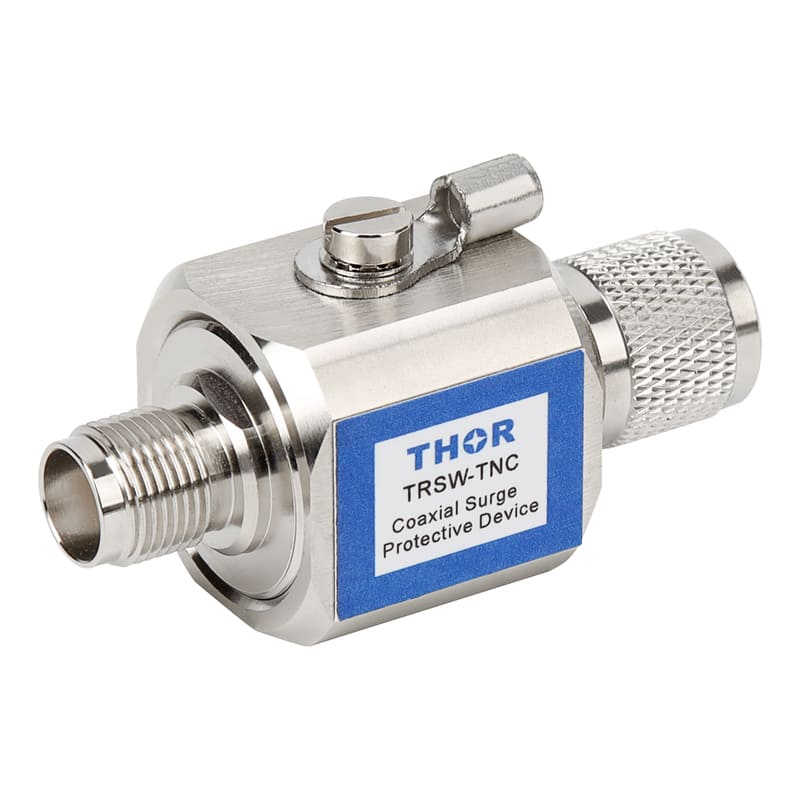Lightning protection technology in the mechanical age
From the beginning of the 18th century to the beginning of the 20th century, due to the small changes in social production and lifestyle, and the slow development of the theory of atmospheric electricity, the lightning protection technology in this period mainly focused on preventing direct lightning strikes. The protection method was Franklin’s invention of the lightning rod plus grounding wire. The main purpose of lightning protection in this period is to prevent lightning from directly striking structures and causing high potential electrical effects, thermal effects and mechanical effects.
The main method of lightning protection in the mechanical age is to use lightning rods, also known as the Franklin method, which was invented by the famous American physicist Franklin in the 1850s. Through the famous kite experiment, he knew that lightning is actually a thundercloud in the sky. Electric field to ground discharge phenomenon. Based on this, Franklin proposed to use the height of the lightning rod to be higher than the protected object to distort the electric field under the thundercloud, thereby attracting the lightning current to the lightning rod, and leading it to the ground through the down conductor, so that the protected object is protected from lightning strikes.
As shown in the figure, it shows the lightning protection of the lightning rod (lightning rod). The lightning rod can provide a lightning rod that can only hit the lightning rod, but cannot destroy the umbrella protection zone centered on it. In the same principle, the lightning protection belt (lightning belt) provides a roof-shaped protection zone. The opening angle of this protective umbrella or area is affected by the setting height of the needle or belt, lightning intensity and other parameters. Some use 30°, some use 45° or 60°. Although there are many calculation formulas for the protection angle, but How to determine the protection angle has always been the biggest problem of Franklin's lightning protection theory. This trouble lies in the incompleteness of theory and incompleteness in practice. The lightning rod is essentially a lightning rod, which makes the lightning strike it and protect the building. When the lightning strikes the lightning rod or the lightning protection belt, due to the impedance of the down conductor, the strong lightning current may cause the lightning protection system to generate a high potential. The ground voltage can reach a very high value, so that the lightning receptor and the down conductor jump back to the surrounding equipment, resulting in fire or personal injury. In addition, the strong lightning current leaks into the earth, and the danger of forming a step voltage around the ground electrode cannot be ignored.
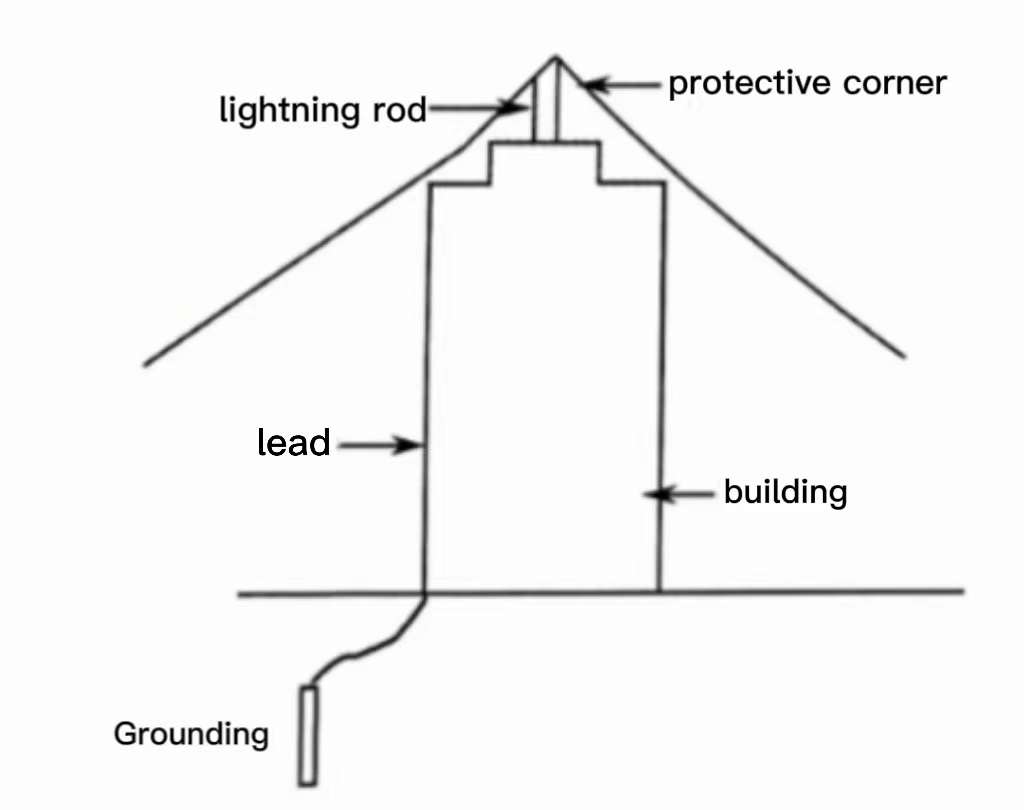
lightning rod lightning protection
Welcome to continue to learn more about lightning protection
Lightning Protection Technology in Electronic Information Era
Lightning protection technology in the electrical age

